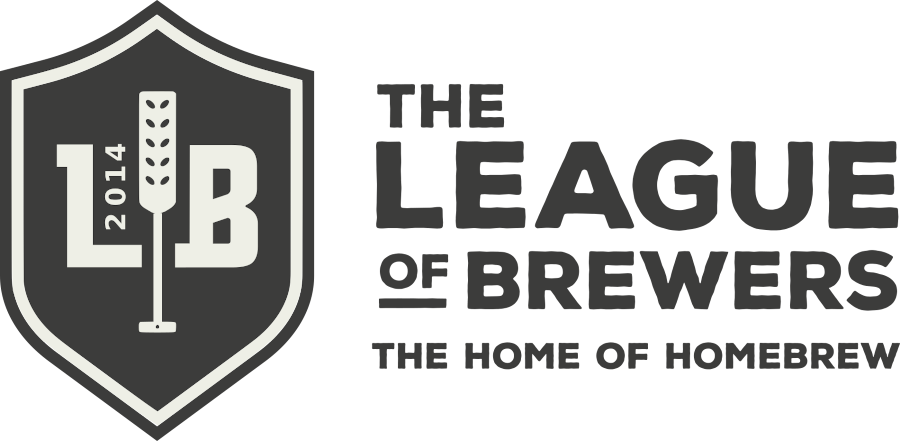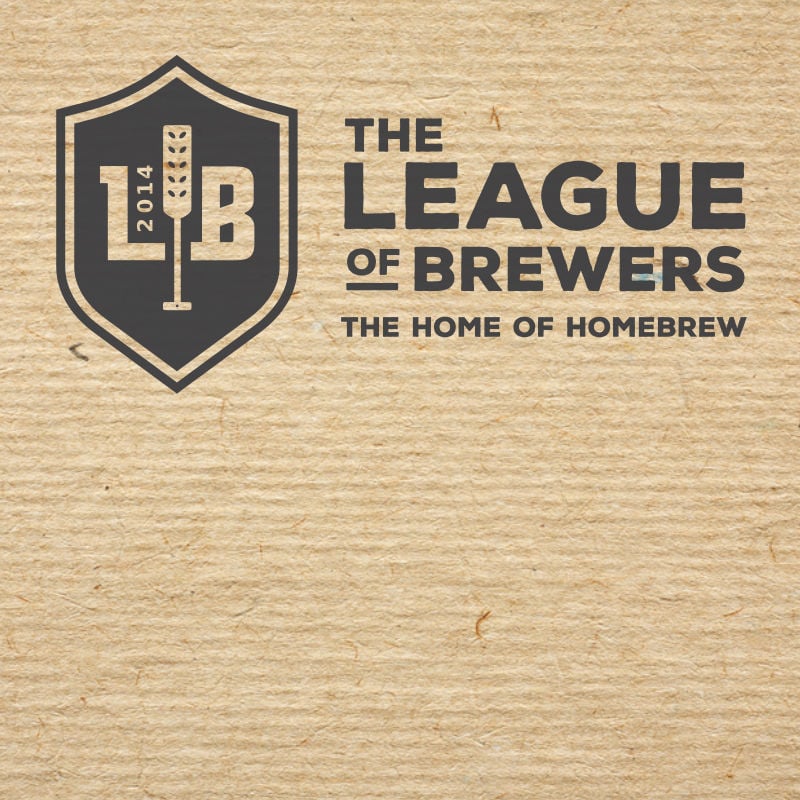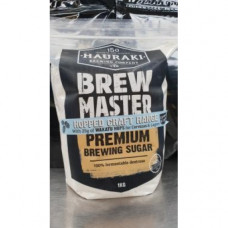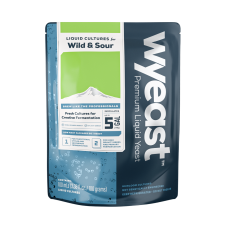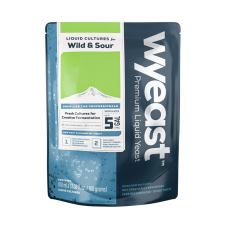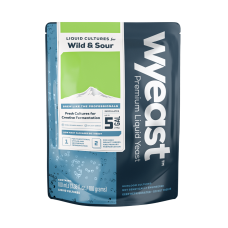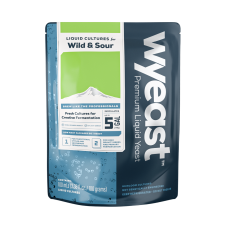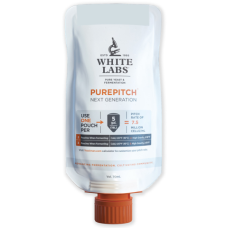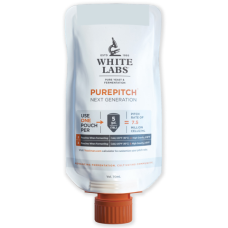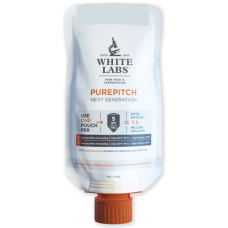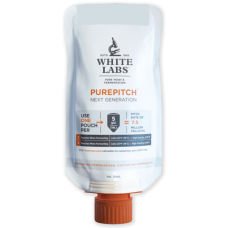Beer Making
-
Brewmaster Wakatu Hopped Brewing Sugar
1kg Brewing Sugar with hops.
A blend of 100% fermentable dextrose and 25g of Wakatu hops.
Ideal for Cervezas and Lagers.
Out of Stock -
Wyeast - Brettanomyces Bruxellensis - Strain 5112
Species: Brettanomyces bruxellensis
Profile: This strain of wild yeast was isolated from brewery cultures in the Brussels region of Belgium. It produces the classic “sweaty horse blanket” character of indigenous beers such as gueuze, lambics and sour browns and may form a pellicle in bottles or casks. The strain is generally used in conjunction with S. cerevisiae, as well as other wild yeast and lactic bacteria. At least 3-6 months aging is generally required for flavor to fully develop.
-
Wyeast - Brettanomyces Lambicus - Strain 5526
Species: Brettanomyces bruxellensis
Profile: This is a wild yeast strain isolated from Belgian lambic beers. It produces a pie cherry-like flavor and sourness along with distinct “Brett” character. A pellicle may form in bottles or casks. To produce the classic Belgian character, this strain works best in conjunction with other yeast and lactic bacteria. It generally requires 3-6 months of aging to fully develop flavor characteristics.
-
Wyeast - Lactobacillus Buchneri - Strain 5335
Species: Lactobacillus buchneri
Profile: This culture produces moderate levels of acidity and is commonly found in many types of beers including gueuze, lambics, sour brown ales and Berliner Weisse. It is always used in conjunction with S. cerevisiae and often with various wild yeast. Use in wort or beer below 10 IBU is recommended due to the culture’s sensitivity to hop compounds.
-
Wyeast - Pediococcus Damnosus - Strain 5733
Species: Pediococcus damnosus
Profile: Lactic acid bacteria used in the production of Belgian style beers where additional acidity is desirable. Often found in gueuze and other Belgian style beer. Acid production will increase with storage time. It may also cause “ropiness” and produce low levels of diacetyl with extended storage time.
-
White Labs PurePitch® Next Generation WLP645 Brettanomyces claussenii
Originally isolated from strong English stock beer in the early 20th century, this yeast has low-intensity Brettanomyces character and is closely related to Brettanomyces anomalus. This strain produces fruity, pineapple-like aroma with an earthy hay-like background aroma and aroma note.
Out of Stock -
White Labs PurePitch® Next Generation WLP648 Brettanomyces bruxellensis Trois Vrai
The vrai (“true” in French) Brettanomyces bruxellensis Trois. This infamous strain should be used for primary fermentations due to its ability to highly attenuate. It has a robust, complex sour character with aromas of pear.
Out of Stock -
White Labs PurePitch® Next Generation WLP650 Brettanomyces bruxellensis
A classic strain used for secondary fermentation in Belgian-style beers such as lambics. It creates a medium-intensity, earth-forward character in finished beer. A historic brewery in Belgium uses this yeast in secondary fermentation and bottling to produce the signature flavor of its beer. Brettanomyces bruxellensis yeast allows for the development of its signature "barnyard" flavor, a favorite of many home and professional brewers alike.
Out of Stock -
White Labs PurePitch® Next Generation WLP653 Brettanomyces lambicus
This yeast produces a high intensity of the traditional Brettanomyces characters in beer, such as horsey, smoky and spicy flavors. As the name suggests, this strain is found most often in lambic style beers but is also commonly found in Flanders and sour brown ales.
Out of StockWhite Labs PurePitch® Next Generation WLP661 Pediococcus damnosus
Perfect for use in any sour program, this is a cocci bacteria known for its souring capabilities through the production of lactic acid. It is a high diacetyl producer and slow growing, so it’s suggested to use in a mixed culture.
Out of Stock

